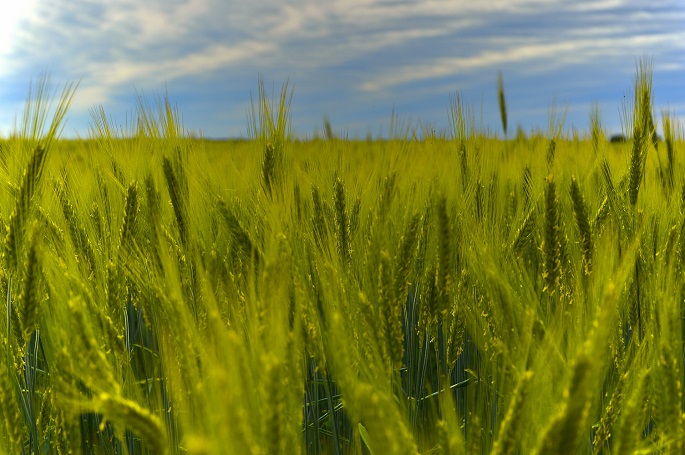Rye harvest hits 30-year record
Published : 20 Sep 2020, 01:01
A historically low volume of cereals were imported into Finland between July 2019 and June 2020 as the rye harvest in the autumn of 2019 was the largest in 30 years, in addition to high production of wheat, barley and oat harvests, said the Natural Resources Institute Finland (Luke).
The 2019 harvest of domestic bread cereals was sufficient to cover domestic consumption.
“Finland exports more cereals than it imports. Years of crop failures are the only exceptions. Recently, two successive years of crop failures in 1987 and 1988 forced Finland to import more cereals than it exported,” said Luke Senior Statistician Anneli Partala.
Although barley is the least common cereal on the food menu of Finnish people in the dinner, it is the most important fodder cereal.
Half of the 2019 harvest of 1.7 million tonnes of barley was used to feed domestic animals.
Oats and wheat are also significant fodder cereals, with roughly 40 per cent of their harvests being used as feed.
Finnish oats are increasingly being used as food. The Finnish food industry has increased the use of oats from roughly 25,000 tonnes from the crop year 1995-1996 up to 138,000 tonnes in the crop year 2019-2020.
Not all of this volume is consumed in Finland, as certain products processed from oats are exported. It is very likely that oats exported from Finland as grains are mainly used in food production.
The domestic consumption of cereals is around three million tonnes a year. This means that roughly 3.9 million tonnes of cereals were left over for exports from the 2019 harvest.
Oats accounted for more than half of total exports with its export volume of more than 400,000 tonnes. This marks the largest oat export volume in 17 years. More barley and wheat were also exported than in the past three harvest years.
The storage of cereals on farms, in cereal industries and by cereal retailers evens out minor fluctuations in harvest levels.
As the new crop year of 2020–2021 is approaching, larger cereal stock volumes than normal are necessary, as the uninterrupted rainfall means that not all cereals can be harvested. Estimates of cereal harvests have, therefore, decreased insignificantly in a few weeks.


